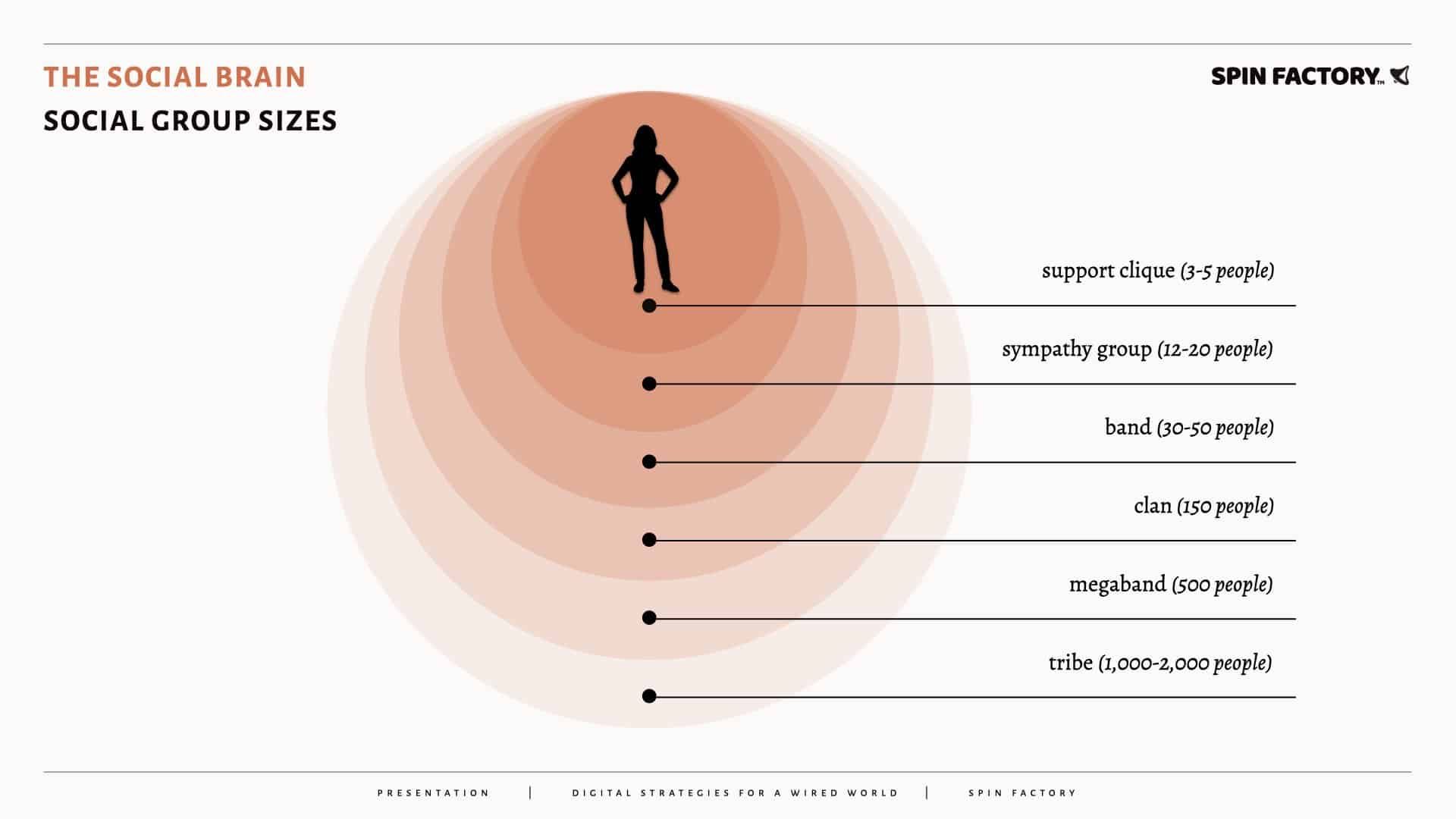Published initially on Idea Hunt.
I often think about the super-happy customer.
During my career, I’ve found that the best way to sell more is to make one customer super-happy. Because then, and only then, will that customer go out of their way to tell their friends.
In my not-so-scientific estimation, a super-happy customer will generate at least one new customer.
So, what does this mean from a public relations perspective?
Here we go:
The Super-Happy Customer
Spin Academy | Online PR Courses
The Super-Happy Customer
The secret to making customers super-happy is excellent public relations. And the secret to great public relations is communication.
Here’s why:
Learn more: The Super-Happy Customer
💡 Subscribe and get a free ebook on how to get better PR.

Super-Happy Mathematics
If my anecdotal observations are relevant to science, let me use basic math to expand on the idea of the super-happy customer.
Let’s assume that each cycle is one month. In the first month, you will have one customer; in two months, you will have two. Cool.
But what if you could find a way to make these two new customers super-happy, too? In three months, four new customers per cycle. Then 8, 16, 32, 64, 128, 256, 512, 1024, etc.
The exponential growth:
2[number of months]
According to my math, your company will be Earth’s most prominent brand in a few years. Super-cool.
Super-Happy Challenges
Obviously, and for whatever reason, the above scenario rarely happens. It’s safe to say that making customers super-happy is difficult, especially if you have many of them.
However, most of us don’t have millions of customers.
Not for lack of trying, though. Making clients super-happy without wasting profit margins or engaging in altruistic pro bono is challenging.
And it gets worse.
Not all businesses need “brand ambassadors” in the typical sense, either. Coca-Cola sales will likely be closely tied to availability and being top-of-mind.
However, give me an ice-cold Coke Zero on a hot summer day, and I’ll be a super-happy customer. Otherwise, it wouldn’t work for a successful global brand like Coca-Cola.
Can I make my customers super-happy like that? Can you?
How Being “Customer-Centric” Won’t Suffice
“You just have to be customer-centric.”
Well, I don’t know. I like how Apple is focused on building the best possible products and is product-centric. I also like how Google is value-centric, and Amazon is availability-centric.
Also, I know of “customer-centric ” companies, but few of their customers are going out of their way to promote these brands.
Put another way: Being customer-centric might be great for a specific business, but it won’t ensure exponential growth where each customer refers to another in every cycle.
In the end, what matters is that you can create a super-happy customer at least occasionally.
Dodging the Honey Trap
One surefire way to create super-happy customers is to over-deliver (the same thing as under-charging).
As a junior PR consultant, I went this route. I invested an insane amount of my time, often making my employers and clients super-happy. However, this approach wasn’t long-term sustainable. Trading my chances of being super-happy was only an efficient short-term strategy.
It’s a honey trap.
If you overdeliver once, savvy customers will quickly come to expect this positive curve from you. They expect you to deliver more value continuously without paying more for your efforts. And then something, somewhere, somehow, will break.
The key must be establishing excellent public relations without spending the profit margin or trading away your chances of being super-happy and becoming true fans.

THANKS FOR READING.
Need PR help? Hire me here.

PR Resource: The Value Triangle
Spin Academy | Online PR Courses
The Value Triangle
Negotiate and manage client expectations by learning the Value Triangle:
If someone wants something CHEAP and FAST, they can’t ask for it to be GOOD.
If someone wants something CHEAP and GOOD, they can’t ask for it to be FAST.
If someone wants something FAST and GOOD, they can’t ask for it to be CHEAP.
Or send your client this link.
You’re welcome.
“To sell well is to convince someone else to part with resources — not to deprive that person, but to leave him better off in the end.”
— Daniel H. Pink
Learn more: The Value Triangle: How To Manage Expectations
💡 Subscribe and get a free ebook on how to get better PR.

PR Resources: The Support Clique
Social Group Sizes (For Social Brains)
How many social connections you you comfortably sustain? According to the social brain hypothesis, limits exist. 1Zhou WX, Sornette D, Hill RA, Dunbar RI. Discrete hierarchical organization of social group sizes. Proc Biol Sci. 2005 Feb 22;272(1561):439 – 44.
“The ‘social brain hypothesis’ for the evolution of large brains in primates has led to evidence for the coevolution of neocortical size and social group sizes, suggesting that there is a cognitive constraint on group size that depends, in some way, on the volume of neural material available for processing and synthesizing information on social relationships.”
Source: Proceedings of the Royal Society B: Biological Sciences 2Zhou, X., Sornette, D., Hill, R. A., & M. Dunbar, R. I. (2005). Discrete hierarchical organization of social group sizes. Proceedings of the Royal Society B: Biological Sciences, 272(1561), … Continue reading
Scientific evidence suggests that people tend to organise themselves not in an even distribution of group sizes but in discrete hierarchical social groups of more particular sizes:
Alas, there seems to be a discrete statistical order in the complex chaos of human relationships:
“Such discrete scale invariance could be related to that identified in signatures of herding behaviour in financial markets and might reflect a hierarchical processing of social nearness by human brains.“
Source: Proceedings of the Royal Society B: Biological Sciences 3Zhou, X., Sornette, D., Hill, R. A., & M. Dunbar, R. I. (2005). Discrete hierarchical organization of social group sizes. Proceedings of the Royal Society B: Biological Sciences, 272(1561), … Continue reading
Read also: Group Sizes (The Social Brain Hypothesis)
Annotations
| 1 | Zhou WX, Sornette D, Hill RA, Dunbar RI. Discrete hierarchical organization of social group sizes. Proc Biol Sci. 2005 Feb 22;272(1561):439 – 44. |
|---|---|
| 2, 3 | Zhou, X., Sornette, D., Hill, R. A., & M. Dunbar, R. I. (2005). Discrete hierarchical organization of social group sizes. Proceedings of the Royal Society B: Biological Sciences, 272(1561), 439 – 444. https://doi.org/10.1098/rspb.2004.2970 |



